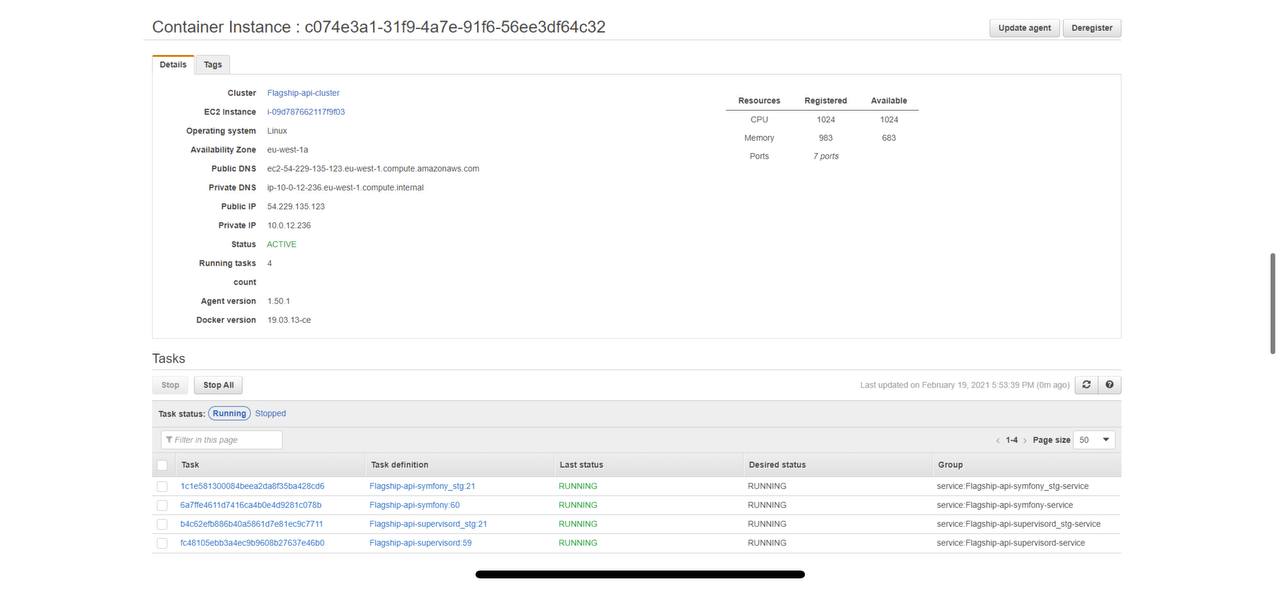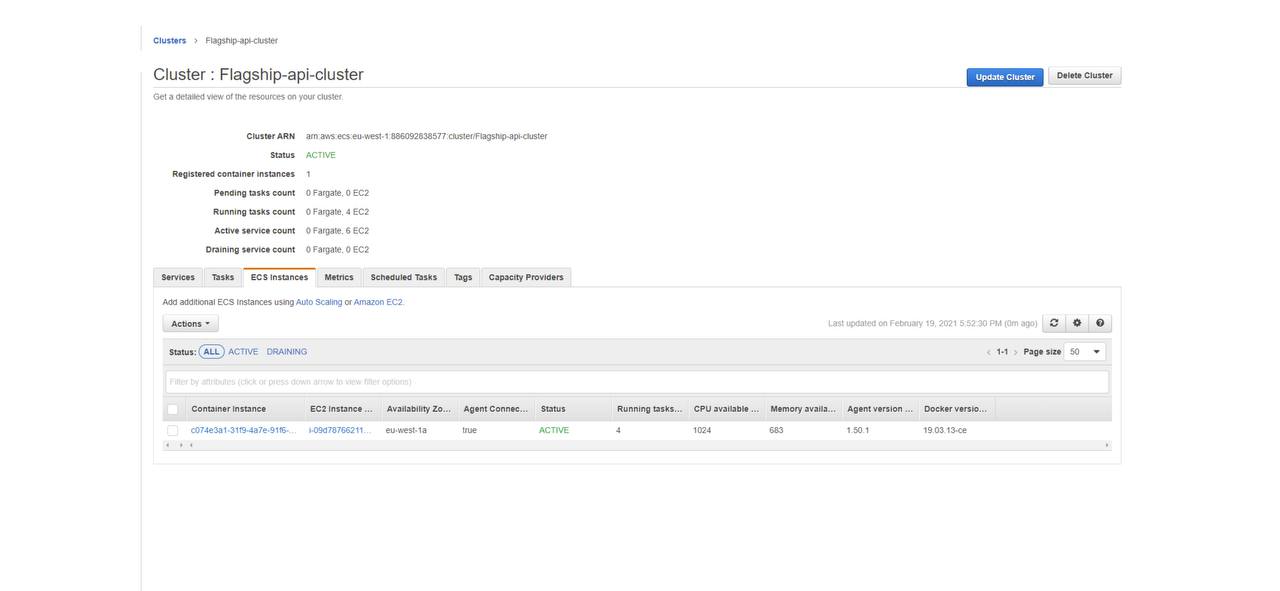☁
Region: 🇯🇵Asia Pacific (Tokyo)
URL: http://status.aws.amazon.com/#elb-ap-northeast-1_1613755243
現在、ap-northeast-1 リージョンでの、ELB API エラー率の上昇について調査を進めております。既存のロードバランサーへの接続には影響はありません。 | We are investigating increased error rates for ELB APIs in the ap-northeast-1 Region. Connectivity to existing load balancers is not affected.
#elb #apnortheast1





